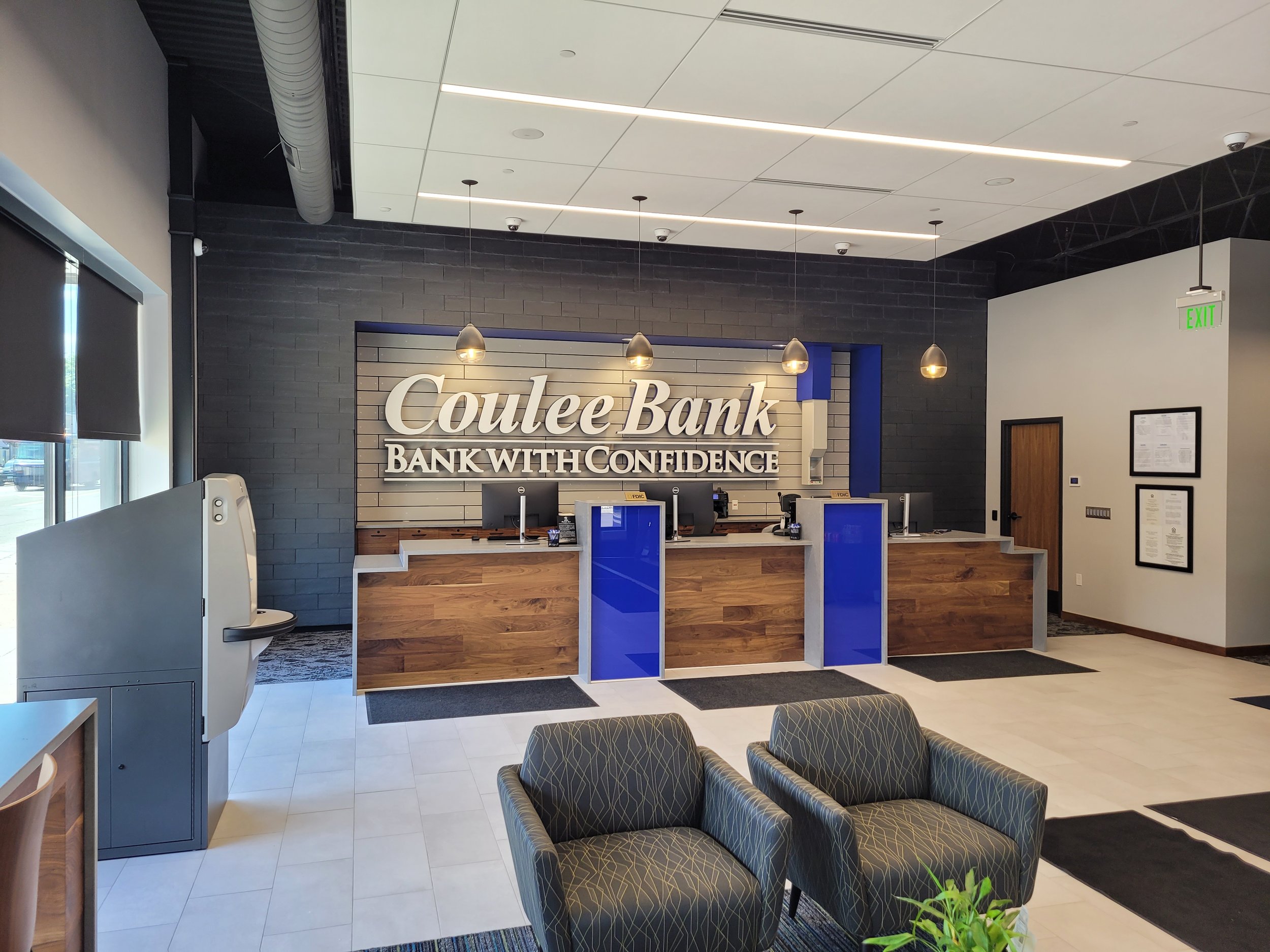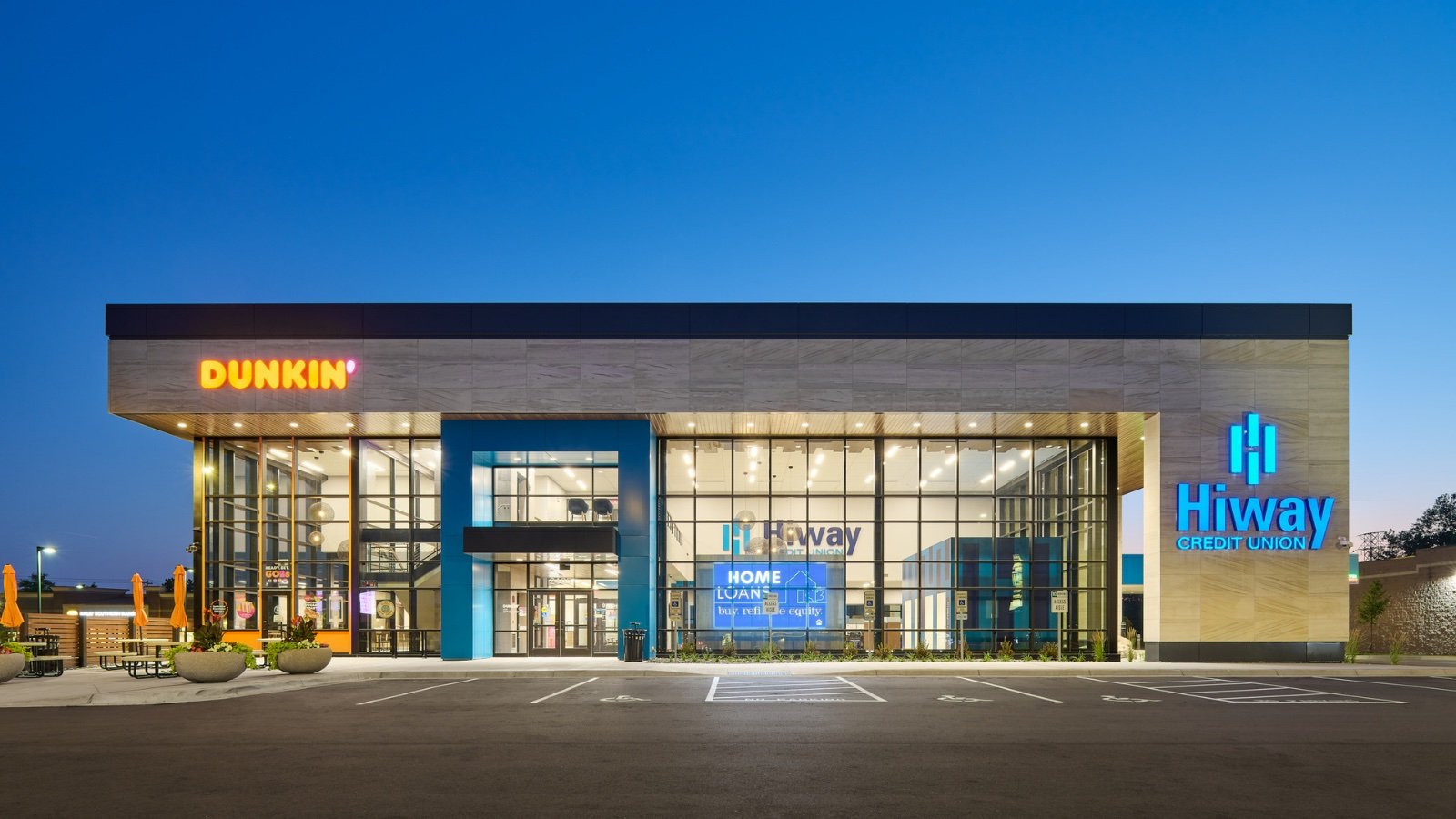Why Is Retail Design So Important for a Financial Institution?
Recently, our firm discussed the Top Three Banking Trends for 2022, and one of the main topics was optimizing in-person banking and physical space. Understanding the culture of the communities your bank or credit union serves is essential when customizing the interior design of your branch.
For example, you may wish to make physical changes to your location to increase efficiency, like a smaller lobby and staffing fewer tellers — but your customers may also want a more comfortable, elegant meeting space for the less frequent and more intimate family financial discussions. In those instances, it’s important to factor in retail design considerations when planning your facility's interior.
What Is Retail Design?
Consider the last retail space to catch your eye and draw you in. Chances are, the facility was likely exciting and vibrant with optimal lighting, organized aisles or shelves and clearly defined sections.
That’s proper retail design in a nutshell. It involves a well-thought strategy that optimizes a facility for sales, space and customer satisfaction. It combines multiple aspects of architecture, interior design and psychology to create the ultimate customer experience.
Why Is Retail Design Important?
Retail design is important because it gives consumers power in a transactional experience. It offers convenience in a way that allows them to make their own decisions rather than being overwhelmed or forced.
When people feel comfortable, they tend to spend more — otherwise known as the “Target Effect.” Target’s bright lights, colorful walls, wide aisles and organized merchandise often provoke customers to spend more time in their stores, which ultimately increases the chances they spend more. Think about it: have you ever been inclined to spend more time at Target due to the calming nature of their stores?
Aside from improving the overall customer experience, retail design also helps create or fulfill a brand’s identity. Incorporating the unique attributes of a brand into a bank or credit union's design can help boost brand awareness and differentiate you from competitors. Banks designed around a common theme tend to excel in various ways, and understanding the brand image you put forward can become the foundation for making future decisions.
Retail Design in Banks and Credit Unions
Banking is a service industry first and foremost. However, financial institutions aren’t selling a physical product, so retail design in banking seeks to create an experience that attracts, engages and connects clients as retail stores do. It’s based on the same principles used to improve customer experience and create brand awareness and loyalty.
When we consider the services financial institutions provide or “sell,” we can’t overlook the depth and magnitude of those compared to purchasing a gallon of milk at the grocery store. Opening accounts, taking out loans or wealth management services are impactful transactions that often require personal exchanges. Retail design accommodates these big decision moments by offering spaces that cater to those needs, such as warm living-room-like atmospheres, complimentary coffee stations and private offices.
Examples of Retail Interior Design in Financial Institutions
Incorporating retail interior design in your financial building isn’t as complicated as it sounds. It simply involves stepping in your customers’ shoes and using an empathetic approach to design a bank your customers want to visit. Think of the things you appreciate in other retail environments and find the overlap. To get you started, here are some examples of how bank lobby design can support a great customer experience:
Provide more open and flexible meeting areas.
Introduce a concierge station or pod concept in your branches.
Install living room atmospheres that encourage your customers to stay longer.
Provide a full-service coffee bar along with technology hotspots and WiFi.
Provide interactive technology and merchandising to entice the customer to stay longer.
Co-brand with another retail or professional service to increase foot traffic to your branch.
Install a high-quality sound system to delight customers on every visit.
Architects Who Get Retail Interior Design
Bank design and credit union design should always start with the customer in mind. Partnering with an architectural design firm that has a proven process for uncovering customer needs is key to creating a retail-focused financial building. HTG Architects has the experience and expertise to ensure your next bank project starts and ends successfully. We combine our knowledge of the financial industry and our expertise gained by completing thousands of financial projects with your vision and goals to develop a bank that exceeds expectations.



